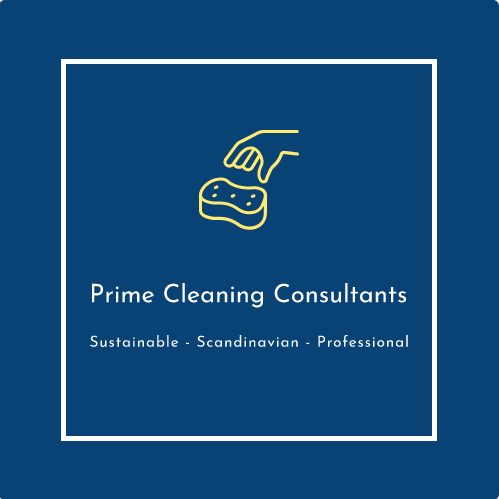The importance of Work, Health and Safety in Commercial Cleaning
Australia places a strong emphasis on workplace safety, and this commitment extends to the commercial cleaning industry. Workers in this sector face various risks and hazards, from slips and falls to exposure to harmful chemicals. To ensure the safety and well-being of employees, as well as compliance with legal requirements, it is crucial for commercial cleaning companies to establish and follow robust Work Health and Safety (WHS) procedures. Today, we'll explore the fundamental principles of WHS procedures in commercial cleaning in Brisbane and Australia.
Understanding Work Health and Safety (WHS) in Australia
Work Health and Safety, commonly referred to as WHS, is a set of principles and regulations designed to protect the health, safety, and welfare of workers and others in the workplace. WHS laws in Australia are enforced at both the federal and state or territory levels, ensuring comprehensive coverage and consistency across the country.
Key Elements of WHS Procedures in Commercial Cleaning
Risk Assessment: One of the fundamental steps in WHS procedures for commercial cleaning is conducting thorough risk assessments. Cleaning companies must identify potential hazards and evaluate the risks associated with cleaning tasks. These assessments help in implementing preventive measures and safety protocols.
Training and Education: Proper training and education are essential for all cleaning personnel. Workers should be well-informed about the potential risks they may encounter and how to mitigate them. Training programs should cover safe handling of cleaning chemicals, proper equipment use, and emergency procedures.
Personal Protective Equipment (PPE): Commercial cleaners often handle chemicals and face various physical hazards. Employers must provide suitable personal protective equipment, such as gloves, safety goggles, and non-slip footwear, to protect employees from harm.
Safe Chemical Handling: Proper storage, handling, and disposal of cleaning chemicals are critical to WHS in commercial cleaning. Staff should be trained on the safe use of chemicals, including reading labels and understanding Material Safety Data Sheets (MSDS).
Manual Handling: WHS procedures should include guidelines on proper lifting techniques and the use of mechanical aids to reduce the risk of musculoskeletal injuries.
Ergonomics: Designing workstations and equipment ergonomically can help prevent repetitive strain injuries and promote overall worker comfort. Adjusting cleaning schedules and tasks to minimize physical strain is also advisable.
Workplace Hygiene: Maintaining cleanliness and hygiene in the workplace is not only a client expectation but also a vital aspect of WHS. Cleaning companies should establish cleaning routines and hygiene protocols to minimize the risk of infection and cross-contamination.
Emergency Response: WHS procedures should outline clear and efficient emergency response plans. This includes procedures for evacuations, first aid, and reporting incidents or injuries promptly.
Record Keeping: Keeping accurate records of risk assessments, training, incidents, and safety measures is essential for compliance with WHS regulations. This documentation helps demonstrate the company's commitment to safety.
Regular Review and Improvement: WHS procedures should be dynamic and subject to regular review and improvement. As technology, equipment, and cleaning methods evolve, it's crucial to update safety protocols accordingly.
Conclusion
Work Health and Safety procedures are the backbone of a safe and productive commercial cleaning industry in Australia. By prioritizing risk assessment, employee training, proper equipment and chemical handling, and maintaining a strong commitment to safety, cleaning companies can create a safer work environment for their employees and ensure compliance with Australian WHS regulations, as well as a more proactive approach to reduce injuries and accidents at workplaces.

